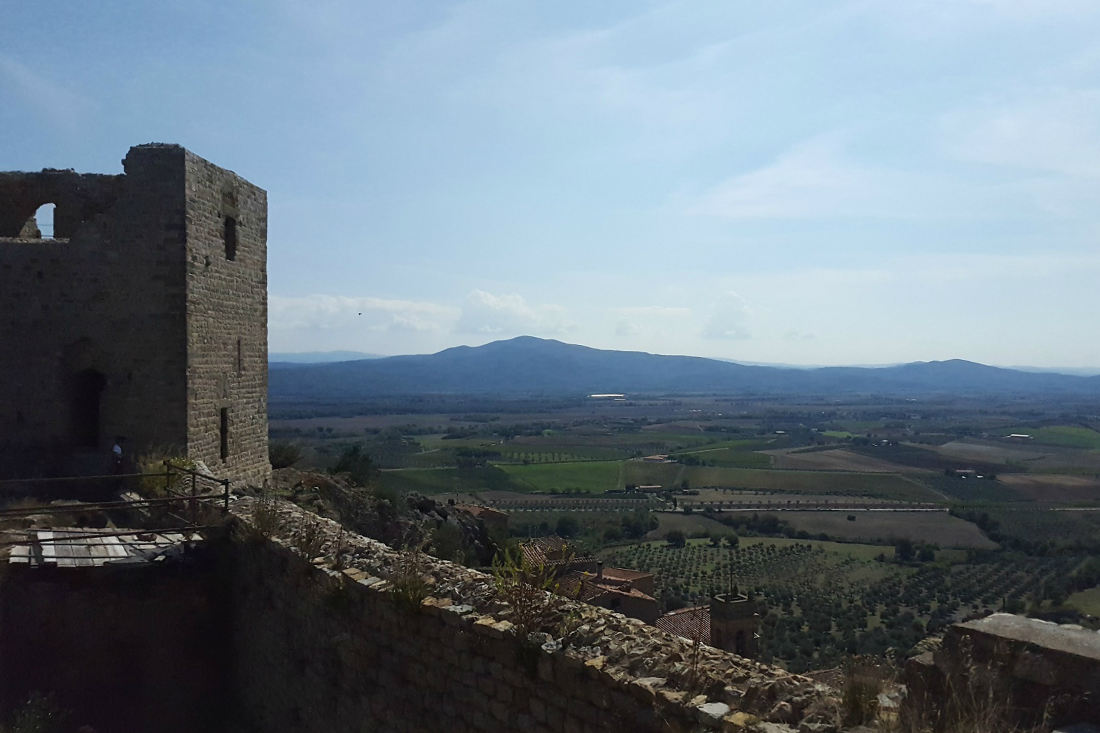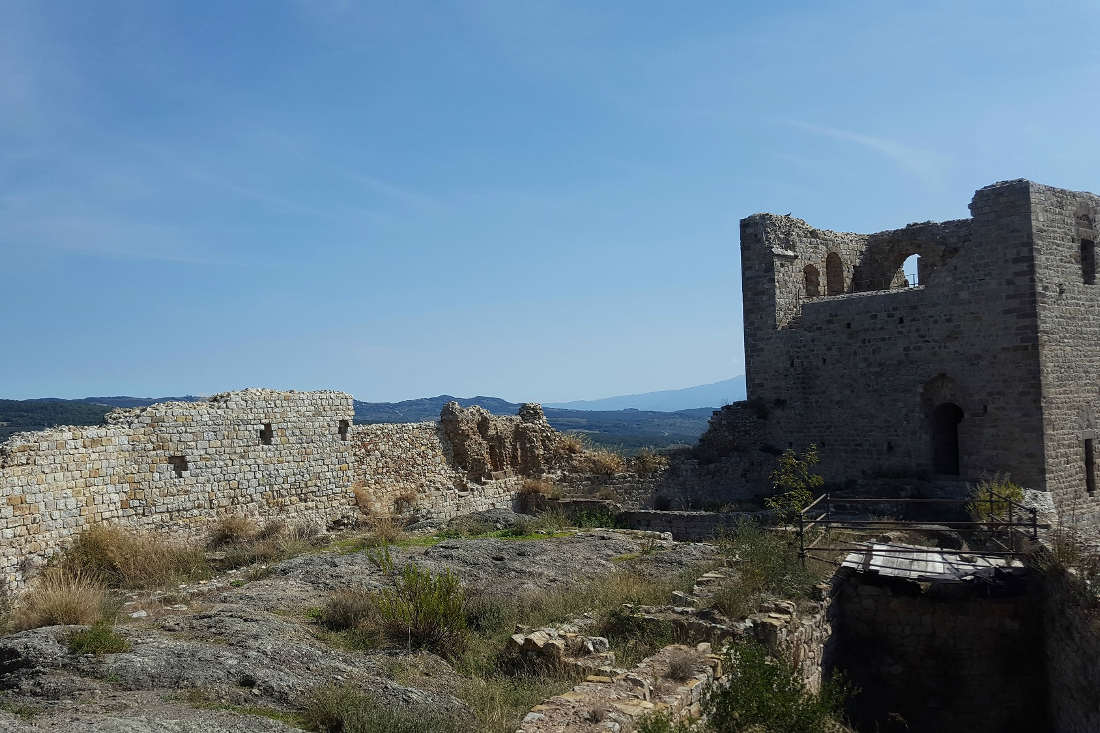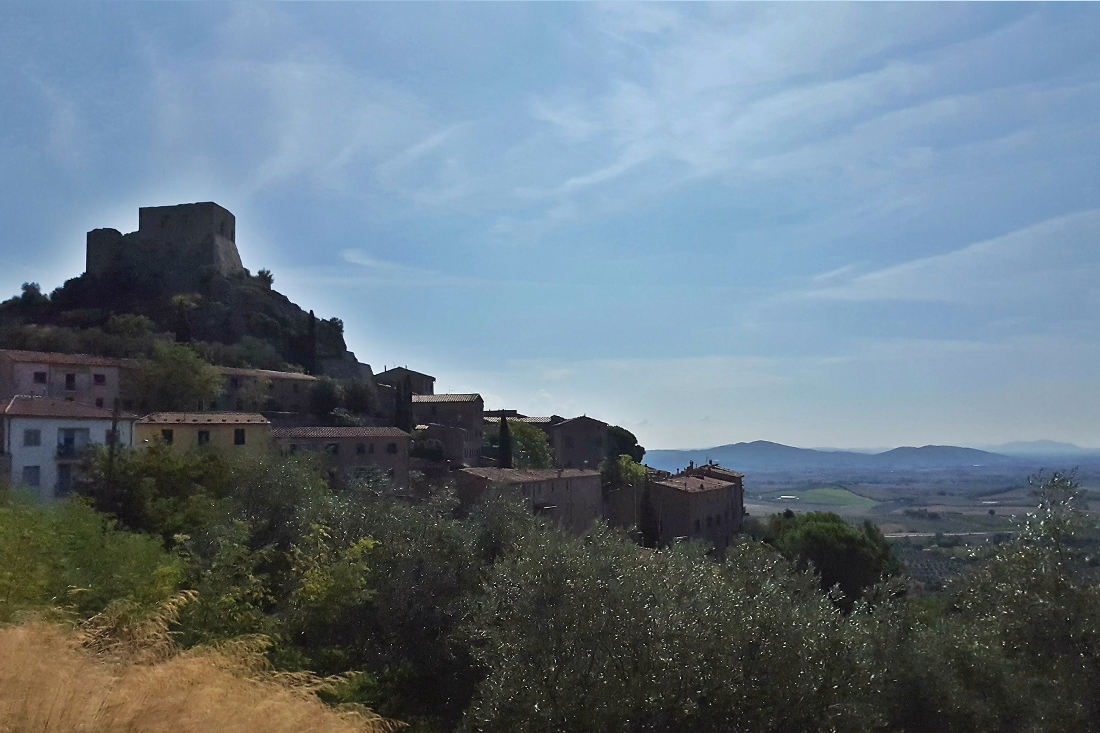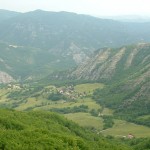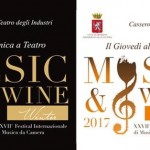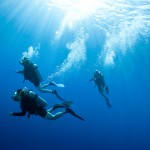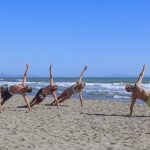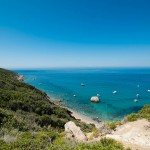05 May Montemassi
Of Aldobrandescan origin, like most of the small towns present in the area, Montemassi with its famous castle, after having been passed down through numerous dynasties, appears today as a town that has been able to maintain its compact inhabitated center in pinecone layout, one that gives it a picturesque aspect.
From the old walls that protected the town remains only an old gateway made up of a round arch, which, from the western part of the hill, allowed and still allows fort the access to the inhabited center.
THE CASTLE
The castle is without a doubt the most well-known monument of the community of Roccastrada, for its historical significance (its construction is depicted in the famous fresco attributed to Simone Martini, “Guidoriccio da Fogliano all’assedio di Montemassi” inside the Palazzo Pubblico of Siena) and its architectural relevance for being a significant example of gothic architecture.
The ancient fortification that stands on the highest hill is still majestic in its dominant position. Two main bodies are recognizable: north is the keep with numerous windows, having also the function of palace, and southt the remains of a square tower with elements of excellent craftsmanship.
The housing underlying to the castle holds only few traces of the perimeter walls in the houses that were important in the construction of the castle.
THE FRESCO OF GUIDORICCIO DA FOGLIANO: A UNRESOLVED MATTER
In the world map room of the Palazzo Pubblico of Siena the Fresco ‘Guidoriccio da Fogliano all’assedio di Montemassi’ is preserved, dating back to 1330 and depicting the conquest of the fort by the commander of the Sienese troops in 1328.
The painting, always attributed to Simone Martini, has today been the center of a debate on its origin.
After some preparatory drawings came to light, following a long controversy started in 1977 and the recent finding would have you think it was a 15th century replica. And so the question of the true author of the work remains open.
Gennaio, 2026


 BEACHES AND SEA
BEACHES AND SEA VILLAGES AND TOWNS
VILLAGES AND TOWNS PARKS AND RESERVES
PARKS AND RESERVES TUSCANY ISLANDS
TUSCANY ISLANDS MUSEUMS AND ATTRACTIONS
MUSEUMS AND ATTRACTIONS TERMS AND RELAX
TERMS AND RELAX SPORTS AND ACTIVITIES
SPORTS AND ACTIVITIES WINE TESTING
WINE TESTING


